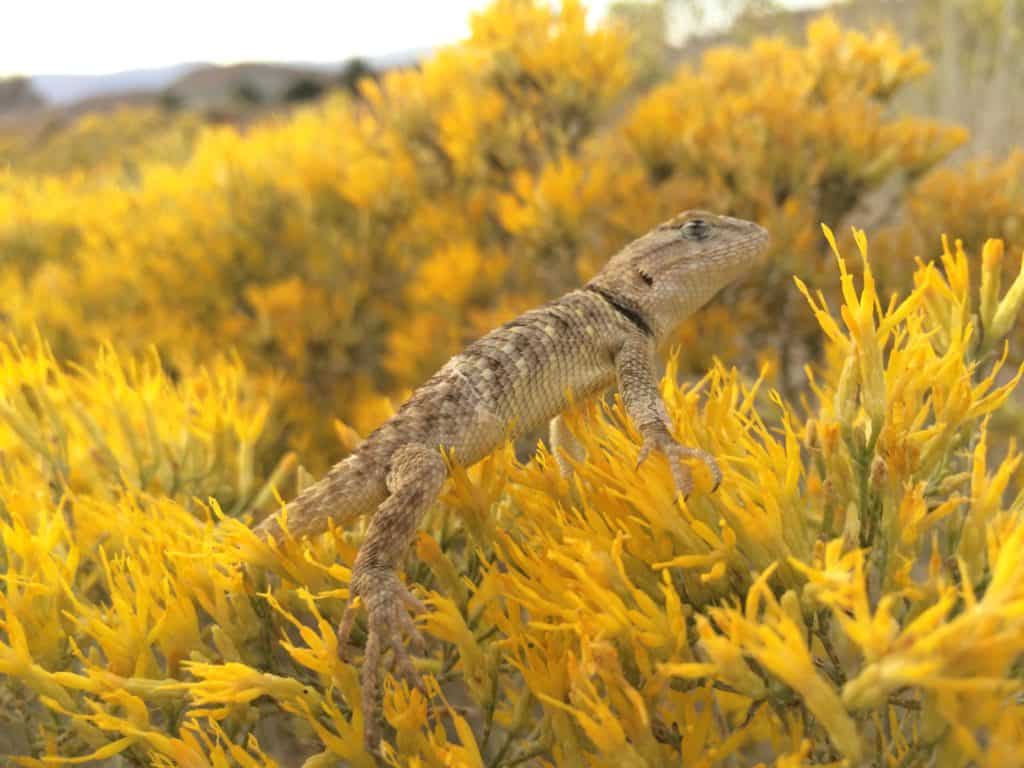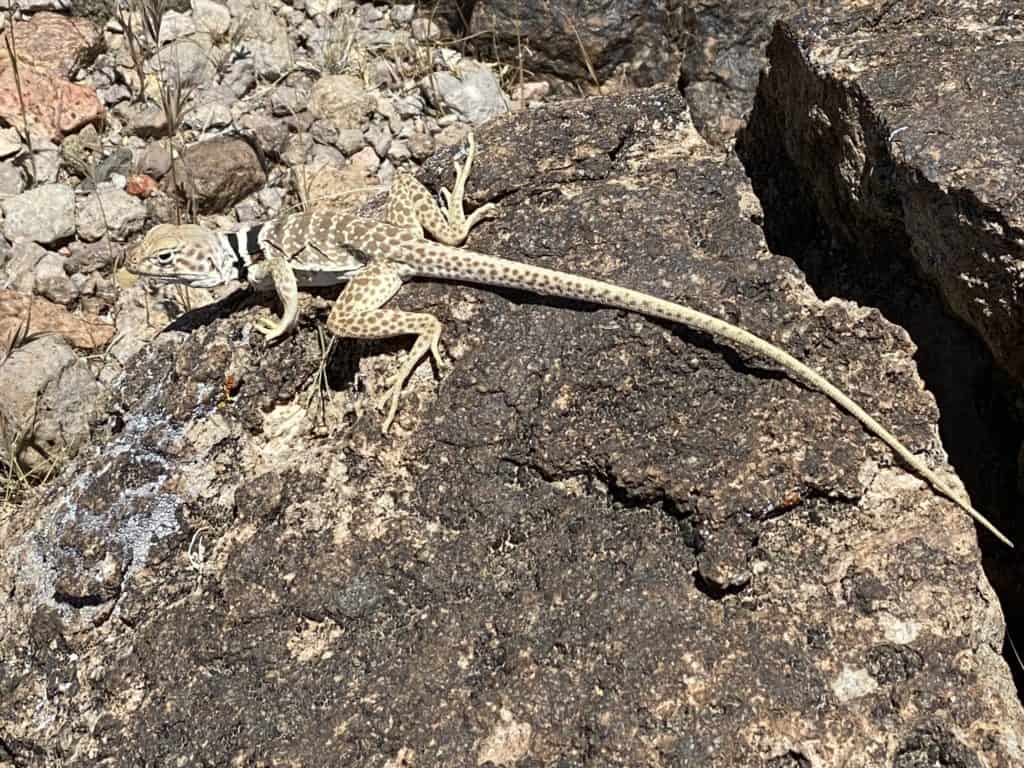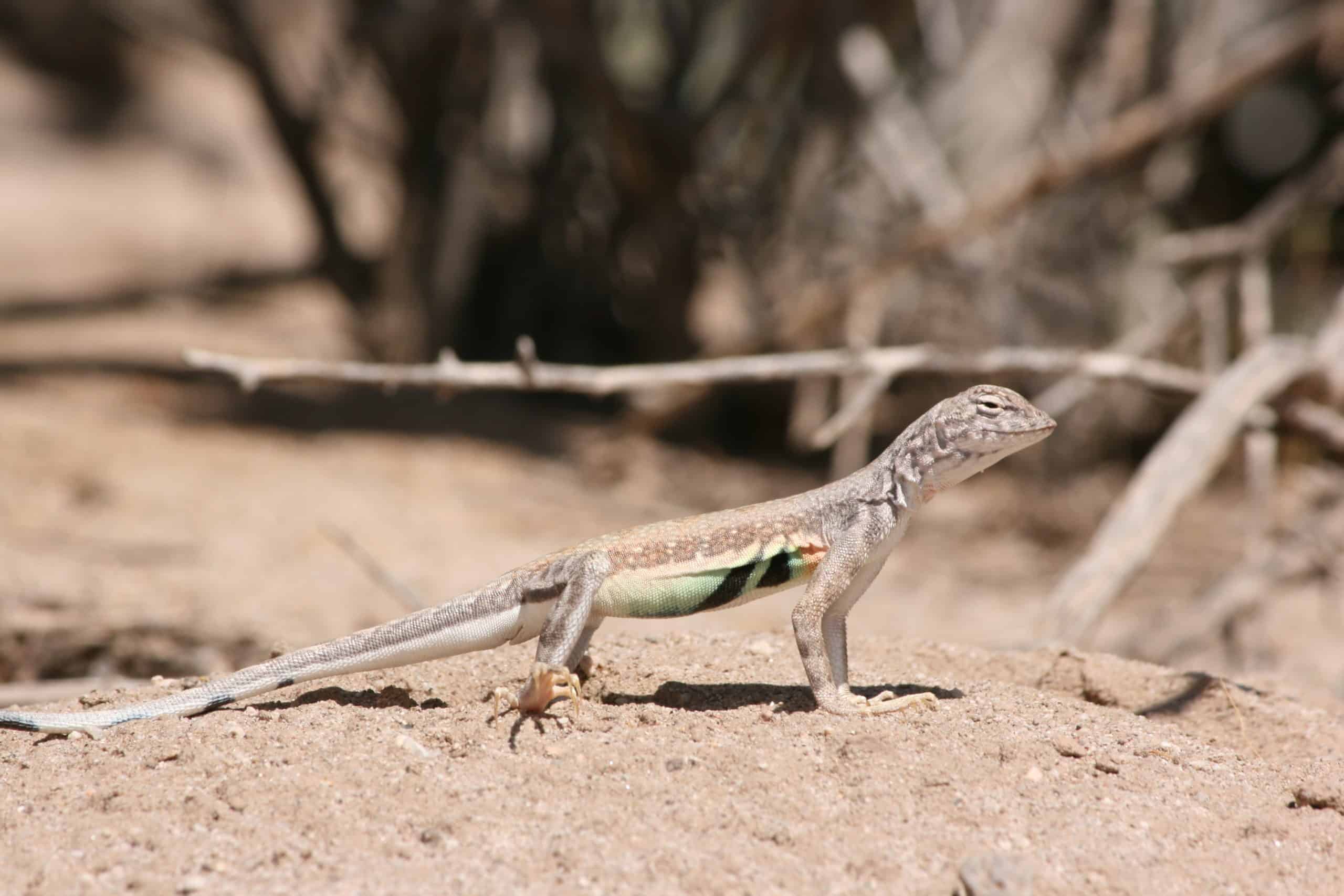Share this article
Wildlife Featured in this article
- lowland leopard frog
- great plains toad
- canyon tree frog
- desert horned lizard
- bullfrog
- desert kingsnake
- Mojave rattlesnake
Resources Featured in this article
JWM: Many herps in SW U.S. may lose a fifth of habitat to climate change
Climate change will likely affect reptiles and amphibians that don’t disperse far
Amphibians and reptiles in the southwestern United States may lose more than three-quarters of their habitat due to climate change by the end of the century.
Many areas of the arid Southwest characterized by extreme climates are already experiencing outsized impacts from climate change.
Rich Inman, an ecologist at the U.S. Geological Survey’s Fort Collins Science Center in Colorado, and his colleagues wanted to determine what ongoing and predicted climate changes may mean for many of the reptile and amphibian species found in the region.
For a study published recently in the Journal of Wildlife Management, the researchers gathered location data from 23 different species of frogs, salamanders, snakes and lizards in the Southwest from 1980 to 2015. They took information collected on the Global Biodiversity Information Facility (GBIF), a repository of location data compiled on all organisms by researchers, naturalists and others for decades. The database is a little like the professional predecessor of popular applications like iNaturalist.

They used 35-years of locations from GBIF as a base for classifying the current ranges of these species. Then, the researchers examined the way these ranges may change under different climate change scenarios up until 2095. They examined factors like how the average temperature, soil moisture and precipitation are going to change in the ranges of these species and simulated dispersal and movement through time.
None of these species were predicted to go extinct, but many would likely become extirpated from parts of their current range. Under the best case future emissions scenario, by 2095, 76% of the habitat these species currently use could lose at least one-fifth of their species.
But, “even under the most favorable climate scenario, we do expect substantial losses of habitat,” Inman said.
They found that the most important factor for vulnerability among these species was their ability to disperse. Species like the lowland leopard frog (Lithobates yavapaiensis), great plains toad (Anaxyrus cognatus), canyon tree frog (Hyla arenicolor) and desert horned lizard (Phrynosoma platyrhinos), which only disperse small distances every year, have less ability to reach more suitable habitats as their home range conditions change.
The lowland leopard frog is predicted to lose 63% of its range by 2095 in even the lowest emissions scenario. These frogs currently have a very patchy distribution across the Southwest, preferring riparian areas like ponds or springs that are already scarce in the region. Changing conditions will mean many of these patches will no longer be suitable.

However, the researchers predicted some species would do well despite the changes. Bullfrogs (L. catesbeianus), invasive in the Southwest, adapted fairly well to the changing conditions.
A few other species did better under a higher emissions future scenario than a lower emissions scenario, according to the researchers’ models. Species like the desert kingsnake (Lampropeltis splendida) and the Mojave rattlesnake (Crotalus scutulatus) had more habitat with hotter, dryer conditions—perhaps because they specialize in these kinds of conditions.
“A couple of snakes actually did better under the worse climate scenario,” Inman said.
Inman cautioned that in this study, they only examined the way that climate factors might improve or degrade under future greenhouse gas emissions predictions. The researchers didn’t take factors like prey availability, disease or invasive species into account.
For example, while the desert kingsnake may benefit from more suitable habitat in the future due to hotter, dryer climate in many cases, the prey they rely on may not do so well.
This article features research that was published in a TWS peer-reviewed journal. Individual online access to all TWS journal articles is a benefit of membership. Join TWS now to read the latest in wildlife research.
Header Image: Researchers examined how the range of species like zebra-tailed lizards (Callisaurus draconoides) might change by the end of the century. Credit: Kenneth Nussear








